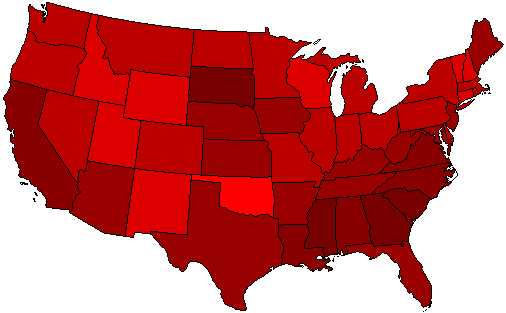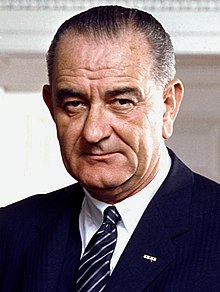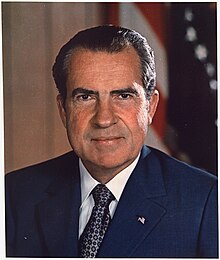Here's something interesting. Following upon the Clinton-Perot and Bush-Perot scenarios that were posted here earlier, here is a map of what the 1912 election would have looked like if all of the people who voted for Theodore Roosevelt (Bull Moose Party) that year went for Woodrow Wilson instead. Wilson would have carried every state in the Union, even the Republican bastions of Maine and Vermont, and would have defeated Taft and Debs 69.24-23.17-5.99% in the popular vote. Because Roosevelt was not on the ballot in Oklahoma, and since Debs got 16% of the vote there, Wilson's plurality win in the state remains unchanged, but he gets an absolute majority in every other state and wins some of them, both North and South, by ridiculous margins.

Woodrow Wilson/Thomas R. Marshall-69.24%-531 EV
William Howard Taft/Nicholas M. Butler-23.17%-0 EV
Eugene V. Debs/Emil Sedel-5.99%-0 EV
Say what you will about him as a president, but the guy knew how to win an election. I mean, he was the only democrat to win a two way race between 1896 and 1932.


